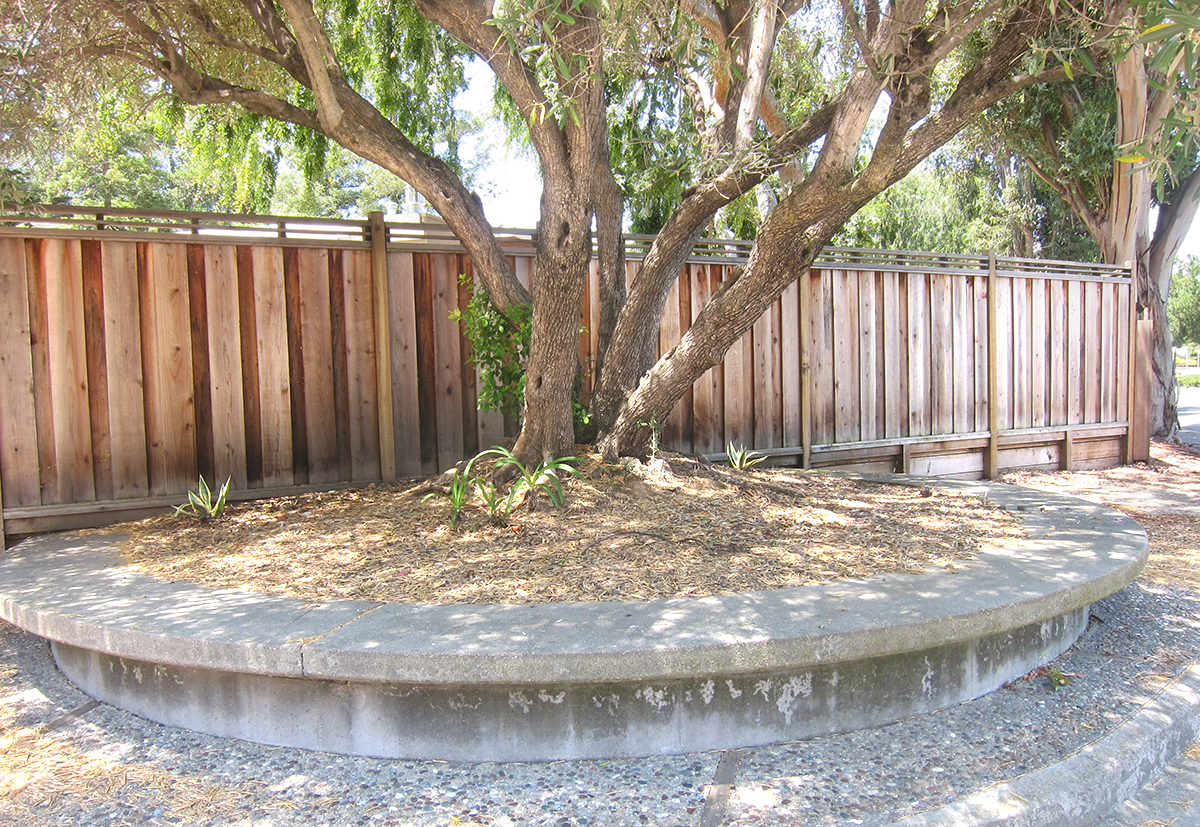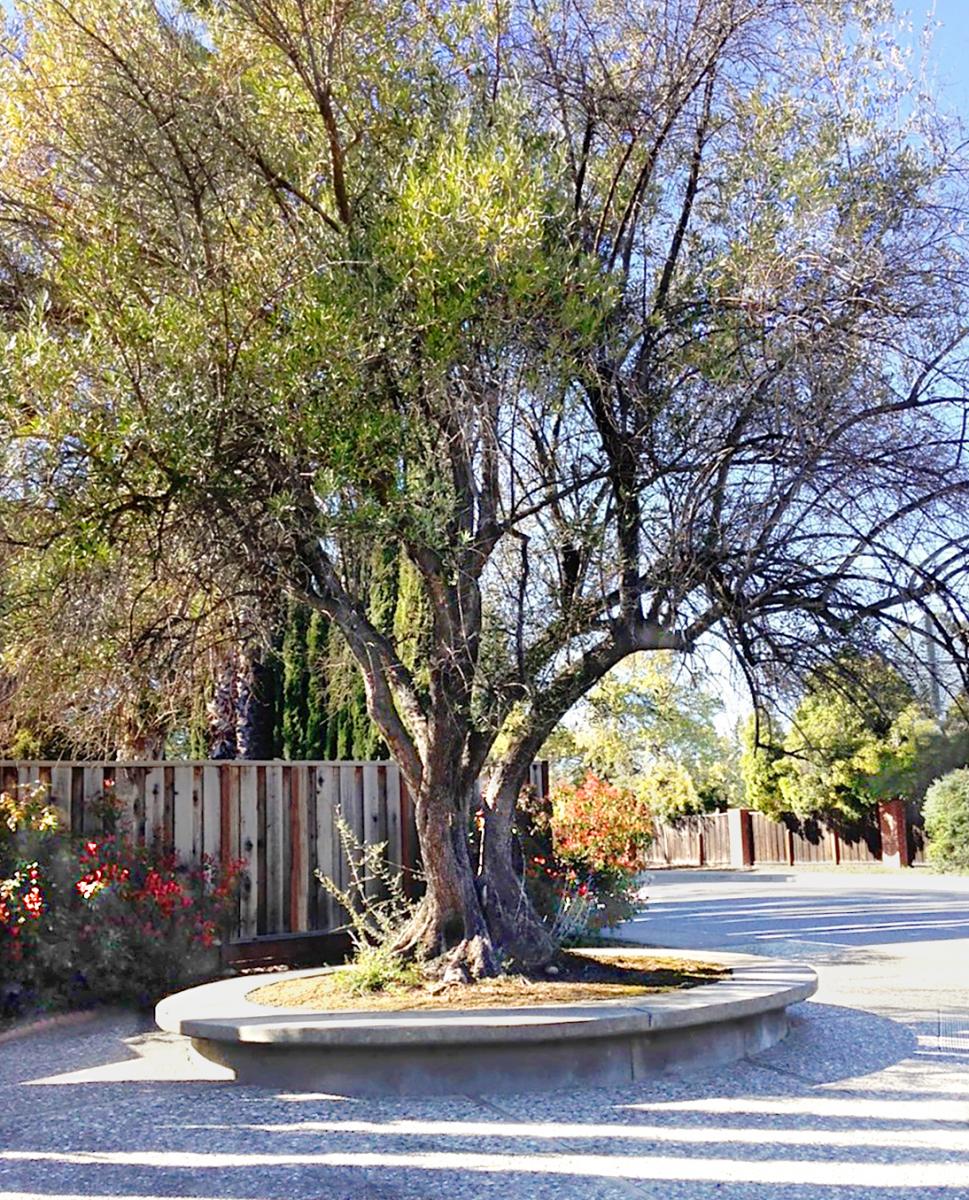
Honoring Eichler Entry Embellishments
 |
All too often, neighborhood preservation is a bottom up kind of thing. People living in an area perceive a danger to the historic look of their neighborhood, or its tranquility, and descend on city hall to seek care and protection.
In Saratoga, though, the city’s Historic Preservation Commission has been going into neighborhoods to encourage people there to have their homes designated as historic. And this includes the city’s two modern tracts, 'the Eichler Homes of Saratoga' and Peremont, a mid-‘50s tract by Perego-Montgomery Development, which had the good sense to hire Anshen and Allen, Eichler’s architects.
“It’s to preserve the ambiance of Saratoga,” says Annette Stransky, chair of the commission, mentioning the “rural atmosphere” and beautiful neighborhoods.
Leading the charge to place historic modern places on the city’s Historic Registry has been Alex Nugent, who has left the commission because her term was up.
 |
Stransky says more Eichlers may be added to the inventory this year.
One Eichler and one Peremont home were added in years past. Stransky says the Eichler home on the inventory has since also been awarded the designation of 'landmark,' which makes it eligible for a property tax break under the state’s Mills Act.
Saratoga preservationists have also gone beyond homes, granting historic status to the planters that greet people who arrive at the Eichler homes.
The four circular concrete planters are at entrances to the well preserved, 35-Eichler neighborhood, on Shubert Drive, and on De Havilland Drive. Two are alongside homes that were not built by Eichler.
The landscaping was designed in 1963 and built in 1965 by the firm of Robert Royston, an eminent modernist landscape architect who did work for other Eichler subdivisions as well. His firm at the time was called Royston, Hanamoto, Mayes and Beck.
 |
The commission voted to add the planters to the city’s heritage inventory in July 2019, and the City Council approved. The heritage list includes 'Eichler entrance planter' as a resource, but does not cite the trees as resources.
No plaques have been installed acknowledging the historical value of the planters. In fact, it doesn’t appear that many residents of the tract even know that their planters have been honored.
“I don’t even think the neighbors are aware of it,” says Lloyd Binen, a resident since the 1980s, who himself had not heard of the designation.
Perhaps that’s the downside of the designation being spearheaded by city officials and not by residents.
“I’m glad to hear they are [considered historic],” Binen added.
 |
“Because of their simple California Modern styling, these distinctive and unique entry areas were designed to make a statement and to welcome residents and visitors alike,” Nugent’s report to the city states.
“The shape of the planters are circular and measure approximately 16 feet in diameter, about two feet in height, and are made of concrete with a smooth finish,” the report says. “The sides are topped by a flat 24-inch-wide concrete surround. This top acts as a large, round bench. A mature olive tree grows in the center. Installed around the planters is a concrete pad embedded with exposed, large-pebble aggregate.”
“The style of the entrance planters are simple, unembellished, but bold in its use of concrete. Concrete and pebble aggregate were popular materials used in California Modern landscapes.”
“Landscape design created by a very highly regarded firm as part of a development was unusual at the time."
“Drawing attention to the Eichler Homes of Saratoga through the use of these entry planter areas successfully illustrates this objective.”
“I love them, personally,” Binen says of the planters. “I think they’re terrific.”
But in general, he says, “They’re just pretty much ignored.” Dog walkers sometimes sit on the benches on their rims.
He also notes that “the planters are on private property. They don’t belong to the city, they belong to the [home] owners.”
Bob Owen, a resident with wife Liz since 1975, says of the olive trees, “for a while they had gotten out of hand.” He adds, “There was a lot of olive trash, and they were growing too large and obstructing the view (for motorists)."
These days, though, trees and planters are looking pretty good, he says.
Nicole Chang has something to do with that. She owns one of the planters.
Because the planters and trees are privately owned, the owners must maintain them, Chang says. The city does trim the olive trees when they do their regular nearby eucalyptus pruning, but “only if we ask,” she says.
Chang, who enjoys gardening, plants and maintaions succulents in her planter.
The city asked her and other owners if they were OK with the planters being listed on the inventory. All were. “It provides a place for people to sit down on the platform,” Chang says.
Liz Owen has an idea for community: "If people in the neighborhood knew there was an opportunity to landscape those forsaken circles, they might be interested in doing so.”
- ‹ previous
- 312 of 677
- next ›



